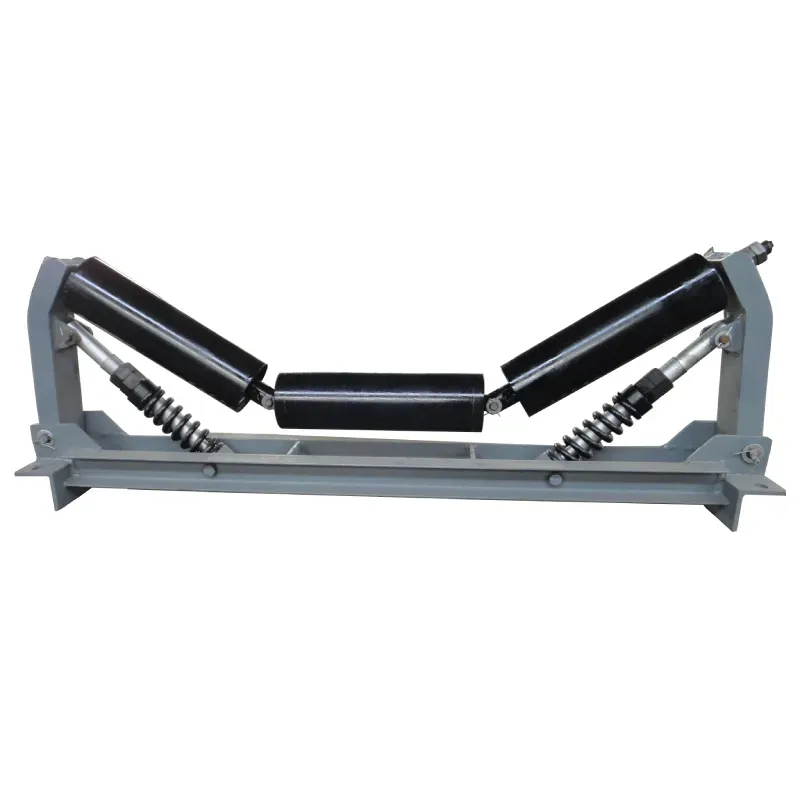 Afrikaans
Afrikaans  Albanian
Albanian  Amharic
Amharic  Arabic
Arabic  Armenian
Armenian  Azerbaijani
Azerbaijani  Basque
Basque  Belarusian
Belarusian  Bengali
Bengali  Bosnian
Bosnian  Bulgarian
Bulgarian  Catalan
Catalan  Cebuano
Cebuano  Corsican
Corsican  Croatian
Croatian  Czech
Czech  Danish
Danish  Dutch
Dutch  English
English  Esperanto
Esperanto  Estonian
Estonian  Finnish
Finnish  French
French  Frisian
Frisian  Galician
Galician  Georgian
Georgian  German
German  Greek
Greek  Gujarati
Gujarati  Haitian Creole
Haitian Creole  hausa
hausa  hawaiian
hawaiian  Hebrew
Hebrew  Hindi
Hindi  Miao
Miao  Hungarian
Hungarian  Icelandic
Icelandic  igbo
igbo  Indonesian
Indonesian  irish
irish  Italian
Italian  Japanese
Japanese  Javanese
Javanese  Kannada
Kannada  kazakh
kazakh  Khmer
Khmer  Rwandese
Rwandese  Korean
Korean  Kurdish
Kurdish  Kyrgyz
Kyrgyz  Lao
Lao  Latin
Latin  Latvian
Latvian  Lithuanian
Lithuanian  Luxembourgish
Luxembourgish  Macedonian
Macedonian  Malgashi
Malgashi  Malay
Malay  Malayalam
Malayalam  Maltese
Maltese  Maori
Maori  Marathi
Marathi  Mongolian
Mongolian  Myanmar
Myanmar  Nepali
Nepali  Norwegian
Norwegian  Norwegian
Norwegian  Occitan
Occitan  Pashto
Pashto  Persian
Persian  Polish
Polish  Portuguese
Portuguese  Punjabi
Punjabi  Romanian
Romanian  Russian
Russian  Samoan
Samoan  Scottish Gaelic
Scottish Gaelic  Serbian
Serbian  Sesotho
Sesotho  Shona
Shona  Sindhi
Sindhi  Sinhala
Sinhala  Slovak
Slovak  Slovenian
Slovenian  Somali
Somali  Spanish
Spanish  Sundanese
Sundanese  Swahili
Swahili  Swedish
Swedish  Tagalog
Tagalog  Tajik
Tajik  Tamil
Tamil  Tatar
Tatar  Telugu
Telugu  Thai
Thai  Turkish
Turkish  Turkmen
Turkmen  Ukrainian
Ukrainian  Urdu
Urdu  Uighur
Uighur  Uzbek
Uzbek  Vietnamese
Vietnamese  Welsh
Welsh  Bantu
Bantu  Yiddish
Yiddish  Yoruba
Yoruba  Zulu
Zulu Durable Urethane Idler Rollers for Enhanced Performance and Longevity in Various Applications
Understanding Urethane Idler Rollers Importance and Applications
Urethane idler rollers are a crucial component in various industries, serving as essential parts in conveyor systems, manufacturing equipment, and material handling operations. Their primary function is to support and guide the movement of materials efficiently, reducing wear on components while enhancing overall productivity. As industries continue to evolve toward more efficient and durable solutions, urethane idler rollers have emerged as a preferred choice due to their unique properties.
What are Urethane Idler Rollers?
Urethane idler rollers are cylindrical components coated or made entirely from urethane, a versatile polymer known for its durability, flexibility, and resistance to a wide range of environmental factors. These rollers are commonly used in conveyor systems to facilitate the smooth movement of products and materials along the production line. The adoption of urethane in roller manufacturing originated from its ability to withstand heavy loads, abrasions, and harsh conditions, making it an ideal material for idler rollers.
Advantages of Urethane Idler Rollers
1. Durability One of the standout features of urethane is its remarkable resistance to wear and tear. This property ensures that urethane idler rollers can endure prolonged usage without significant degradation, reducing the frequency of replacements.
2. Reduced Noise Urethane rollers operate more quietly compared to their metal counterparts. In settings where noise pollution is a concern, such as in food processing or packaging facilities, urethane idler rollers help maintain a quieter environment.
3. High Load Capacity Urethane can bear heavy loads without deforming. This makes urethane idler rollers ideal for heavy-duty applications, including mining and construction, where robust support is essential.
4. Corrosion Resistance Unlike metal rollers that can rust and corrode in the presence of moisture, urethane is inherently resistant to moisture and chemicals. This characteristic makes it suitable for applications in wet or corrosive environments.
5. Customizability Urethane idler rollers can be manufactured in various sizes and shapes, allowing them to be tailored to specific industry needs. Whether for manufacturing, packaging, or material handling, custom rollers can enhance operational efficiency.
urethane idler rollers

Applications of Urethane Idler Rollers
Urethane idler rollers find applications across a range of industries. Their versatile nature makes them suitable for numerous functions
- Manufacturing and Assembly Lines In assembly lines, urethane idler rollers help in the smooth movement of components, ensuring that the production process is efficient and uninterrupted.
- Material Handling Equipment Warehouses and distribution centers utilize urethane idler rollers in conveyor systems to transport goods quickly and safely. Their durability reduces downtime, thus improving operational efficiency.
- Food and Beverage Industry The food processing industry often requires equipment that complies with hygiene standards. Urethane idler rollers offer a non-contaminating solution, ensuring food safety while being easy to clean.
- Automotive Components In the automotive sector, urethane idler rollers support various assembly processes, enhancing the workflow while reducing noise levels during operation.
- Mining and Aggregate The extreme conditions of mining applications demand robust solutions. Urethane idler rollers can withstand abrasive materials, ensuring longevity in these challenging environments.
Conclusion
In summary, urethane idler rollers are indispensable components that play a vital role in enhancing the efficiency and functionality of various industrial applications. Their durability, versatility, and resistance to wear make them a superior choice over traditional materials. As industries continue to seek ways to optimize operations and reduce maintenance costs, the importance of urethane idler rollers will only continue to grow. By investing in quality urethane idler rollers, businesses can ensure smoother operations, increased productivity, and fewer disruptions in their workflow.
-
Revolutionizing Conveyor Reliability with Advanced Rubber Lagging PulleysNewsJul.22,2025
-
Powering Precision and Durability with Expert Manufacturers of Conveyor ComponentsNewsJul.22,2025
-
Optimizing Conveyor Systems with Advanced Conveyor AccessoriesNewsJul.22,2025
-
Maximize Conveyor Efficiency with Quality Conveyor Idler PulleysNewsJul.22,2025
-
Future-Proof Your Conveyor System with High-Performance Polyurethane RollerNewsJul.22,2025
-
Driving Efficiency Forward with Quality Idlers and RollersNewsJul.22,2025





























